Boldness and training are at the root of the evolution of climbing. Regardless of how experienced they are, every climber is looking for ways to improve and get stronger at climbing. Fast and efficient.
In our guide today we’ll be talking about some of the best training options: system boards vs. bouldering sessions. Find out the benefits, limitations, and best approaches to improve your training. By the end of this article, you should be able to tell which of the two is best for you.
Introduction to system boards for climbing
A system board is a specialised training wall with a symmetrical holds layout that allows climbers to perform specific, repeatable movements.
System boards have become a standard when it comes to training for climbing. Why? They allow climbers to repeat specific movement patterns, and can build power relatively fast, address imbalances, and fine-tune climbing technique.
System boards are usually set at a fixed angle (often steep), but the cool thing is that steepness can also be adjusted. This makes them approachable by most climbers regardless of their level.
What is the difference between a moonboard, a kilterboard, and a tension board?
All of them combine climbing and physical training, can be adjusted, and have a light-up system. Each one has its own app that allows you to connect with a global community.
1. The MoonBoard
As close as it gets to outdoor-style climbing in a training setting – small, holds that bite your skin. Moonboard training manages to dial in finger strength and body tension, and even though it’s not the friendliest on the skin, it improves your grip.
Moreover, it teaches you to climb with precision and place yourself well on holds, especially on the tiny ones.
In my opinion, of all system boards, the Moonboard is the hardest to climb on. Watch more about Moonboard here

2. The Kilter Board
Great for building power, learning big moves without totally wrecking yourself. The climbing is way easier on the fingers, involves rounded holds, and more flowy movement.
Maybe the most accessible system board? Watch here

3. The Tension Board
All about precision and getting the climber to focus on slight adjustments in their grip rather than surface tension. It’s perfect for refining technique and balanced strength, and its slick wooden holds force you to engage full-body tension and climb in a controlled way.

Watch this Introduction to board climbing to better understand which one is best for you

System Board training and its benefits in bouldering
System board training is one of the most effective ways to build raw strength and track progress consistently over time. Thanks to its precision and repeatability, you can target specific weaknesses like finger strength, power, and movement patterns with controlled, measurable intensity.
Strength and power gains and skill development
- Perfect for building finger strength, core tension, and upper body power.
- Teaches you to climb with precision, build your body awareness and be efficient when using small or awkward holds.
- Boards are often steep, which makes moves more intense and works your pulling power.
Repeatability, measurability, and creativity
- Standardised setups allow you to repeat boulder problems, track your progress, and benchmark improvement.
- System board apps let you create and log your own problems or try climbs from the global community.
Time-efficient training
- A session can be very efficient, and there’s no need to spend hours at the gym to get a good workout. Moreover, they’re fun even when you are training alone.
Limitations of System Board training
- Limited variety: Boards usually favour steep, powerful climbing with small holds. Therefore, if you’re looking for slab boulders, a board is not the place to train on.
- Injury risk: High finger and joint stress, especially if overused or done without a good base level of strength.
- Not beginner-friendly: Tension boards are next level training and require some previously acquired technique. This makes problems steep, hard and unforgiving; And this is discouraging for newer climbers.
Benefits of bouldering sessions as training for climbing
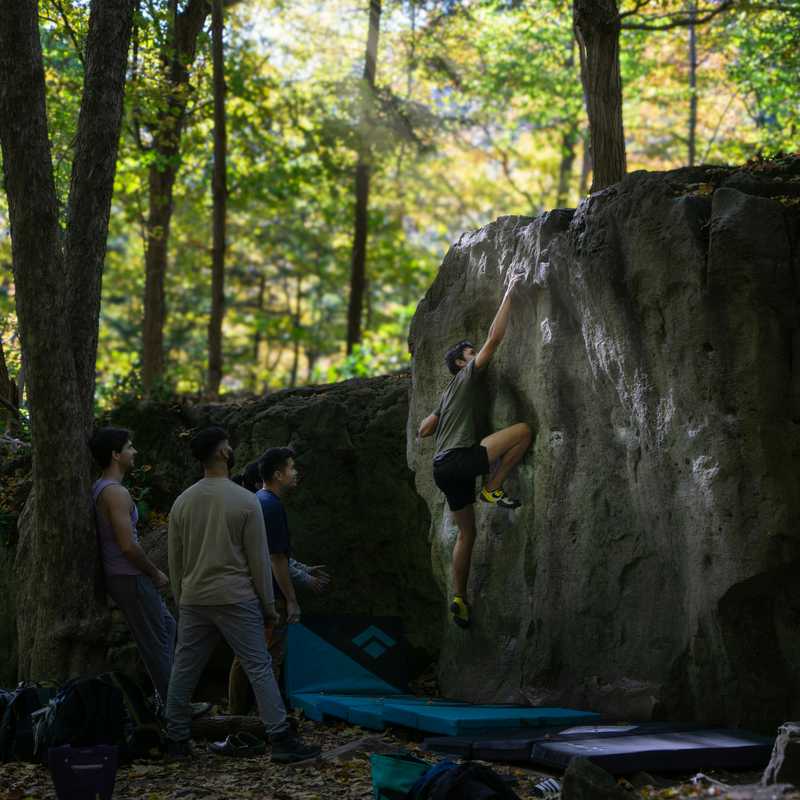
Bouldering sessions often incorporate coordination, momentum, and larger dynamic movements. Strength gains happen more organically, especially with hard problems.
The main advantage of bouldering training sessions is that they build maximum strength and power through short, intense climbs while also developing movement skills and problem-solving in a compact, efficient format. In other words, you get power, strength, and technique all in one.
Depending on the intensity and goal, a good session should usually take between 1.5 hours and 3 hours.
Examples of four climbing goals for your bouldering sessions
- Projecting: Working hard on problems at or near your max.
- Volume climbing: Doing many medium-difficulty climbs to build technique and endurance.
- Drills: Practicing footwork, body positioning, or coordination moves.
- Limit bouldering: Doing super-hard problems with long rests, focusing on raw strength and power.
Strength and power development
Short, intense problems force you to use explosive movements and recruit maximum muscle fibers.
Technical skill building
The advantages of having an indoor gym to train in is that you find various wall structures that allow you to safely try slab, vertical and overhang boulder problems.
Therefore, bouldering sessions are great if you want to refine movement, body positioning, and footwork on a wide range of styles.
Mental training
Focuses on problem-solving, and encourages the commitment to do hard moves, and manage fear of falling in a relatively low-risk environment. The best thing is that learning never stops and there’s no limitations for beginners.
Everyone can find boulder problems for all levels!
Fun and efficient
You can pack a lot of training into a shorter session due to minimal gear and shorter climbs. Additionally, even if you don’t know anyone at the gym, bouldering can be quite an interactive sport, especially when other climbers notice you trying an interesting problem.
As a result, gym sessions will almost always be fun and energizing!
Injury recovery / active rest options
On a bouldering structure you can find climbs for all levels therefore it’s easy to modify intensity by choosing gentler climbs for technique work or low-impact movement.
How to approach System Board and bouldering training and prevent injury
Balance is the key to long term progress in climbing and overall health of your soft tissues.
1. Warm up properly
Always start your session with 15 – 30 minutes of mobility exercises, easy climbing, and progressive finger loading. Focus your attention on warming up the fingers, shoulders, and wrists.
You can use jugs, hangboards, mobility drills, and progressive loading to prep tendons and muscles. Watch climbing warm up here

2. Insert antagonist and mobility work and stretching into your training for climbing
Body conditioning is great to level up your bouldering and prevent injuries due to body imbalances. Try push-ups, scapular work, and wrist/forearm work.
Always end your session with at least 10 minutes of stretching. I know most of you probably can’t wait to go grab that beer, but trust me when I say that the next day you’ll wake up with a more relaxed and happier body, instead of the usual back pain. Watch here more

3. Plan your sessions around goals
Use board sessions to target weaknesses: limit bouldering for power, foot-on campusing for contact strength, or endurance ladders for power endurance.
Pair board sessions with mobility work, antagonist training, and try bouldering problems on varied steepness. Watch here more

4. Stick to the plan
When limit bouldering is part of your training plan, resume to trying problems near your max with getting lots of rest between attempts (3 – 5 min). Resist the urge to get into bouldering challenges and remember why you are there.
5. Listen to your body and don’t skip rest days
High-intensity climbing stresses tendons and joints and rest is when progression in climbing happens.
An injury almost never comes as a surprise. Early signs of injury are pain, slight tweaks and fatigue. If you feel any of the two, switch your focus, or your climbing style and take some days off. Watch here more

So…which one is best for you?
You must know by now that climbing is personal. And so is training. The choice between system boards and bouldering really comes down to the kind of climber you want to become.
I personally love training on a system board because I find it efficient, both time and power-wise and it’s fun even when you don’t have a climbing partner.
However, if you’re just getting into climbing, my advice would be to just boulder a whole lot and find out your strengths and weaknesses. Bouldering is a great teacher for learning movement complexity in climbing and key fundamentals like balance, body positioning, footwork, and grip.
System boards, on the other hand, are built with structured training in mind. They’re great for targeted strength and tension work, but they assume you already have a solid climbing foundation. Without that baseline, it’s easy to train the wrong patterns or just miss the point altogether. And worse, get injured!
Where bouldering teaches you how to climb, system boards teach you how to refine, therefore they’re most effective once you’ve already developed some flow on the wall and some grip.
So the final answer to which training method is best for you will depend on how long you have been climbing, how motivated you are and which is the training tool that keeps you most motivated.
What is your favourite training for bouldering? Have you already tried system board training?
Drop us a comment in the section below and share the climbing love.
Products related to this article
Lattice Training
Lattice Training
Lattice Training
Metolius
Lattice Training

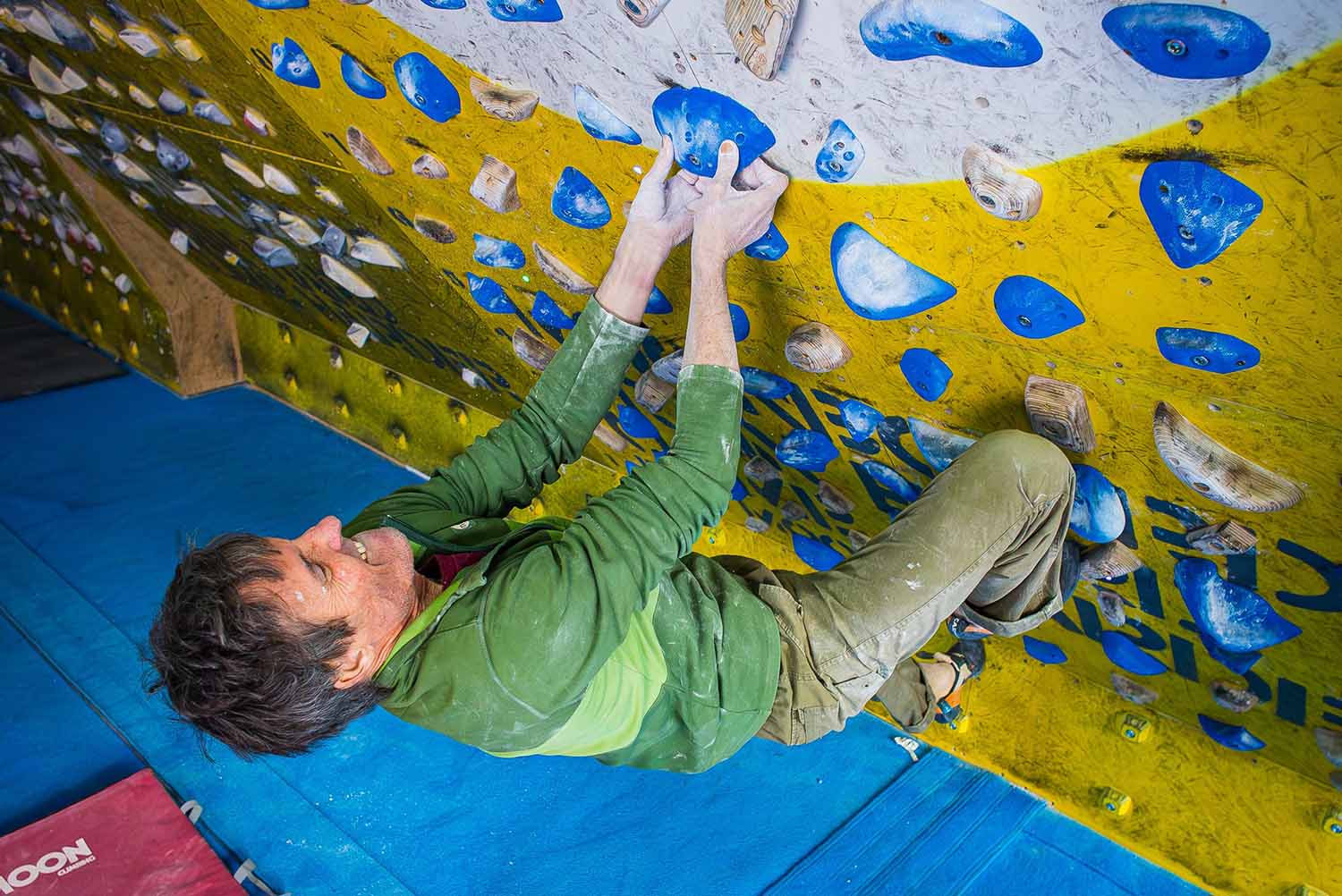




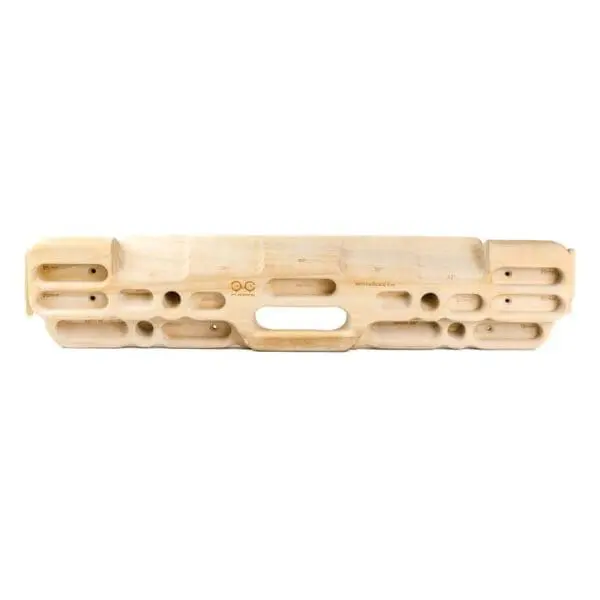




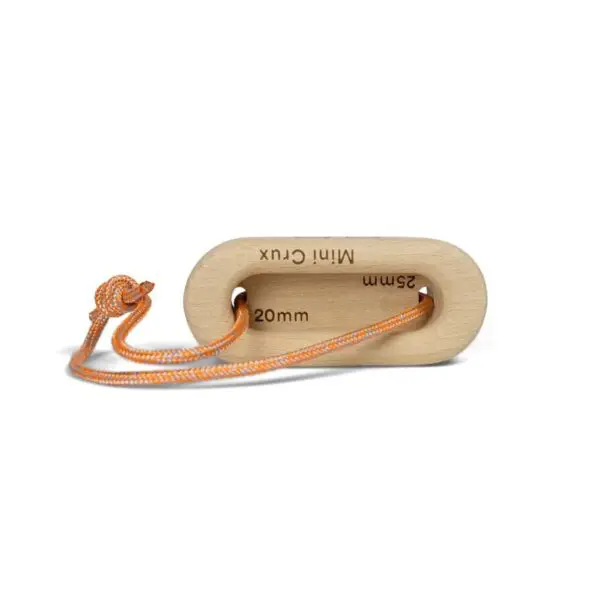
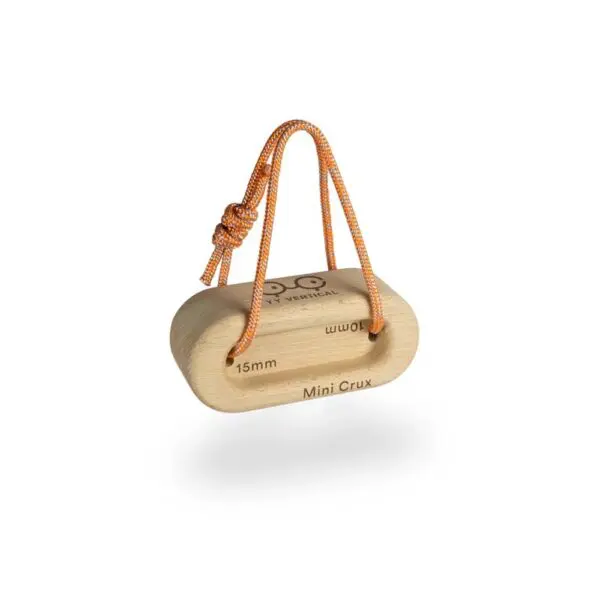


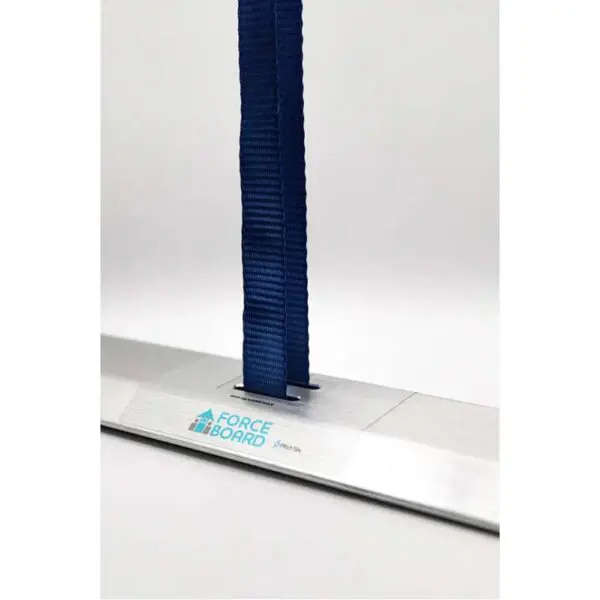
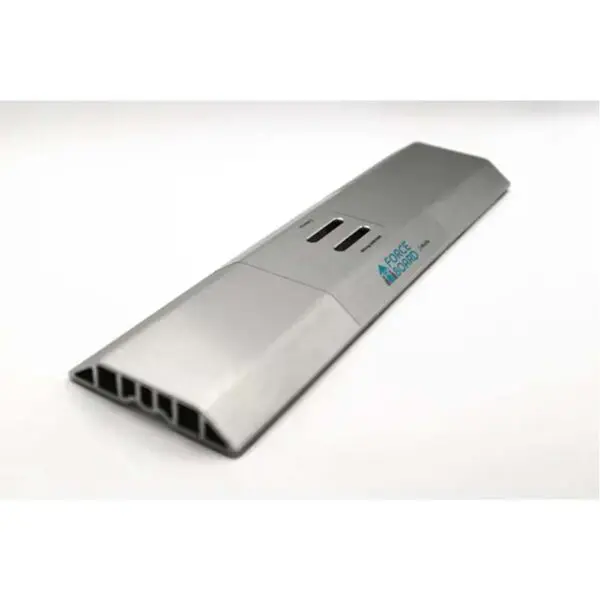


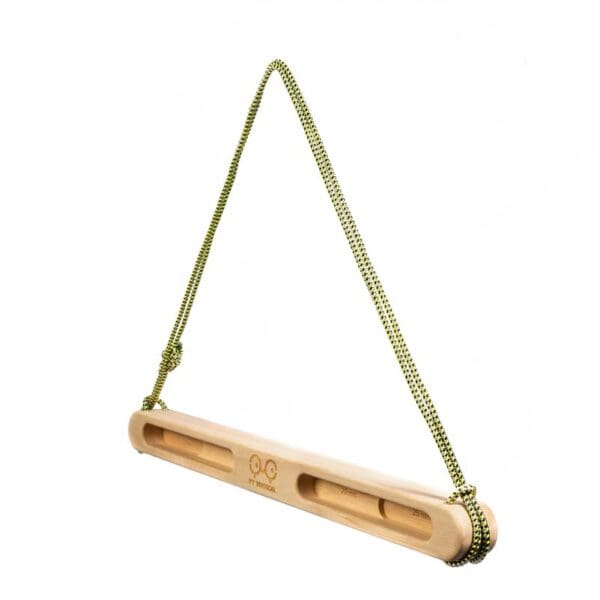
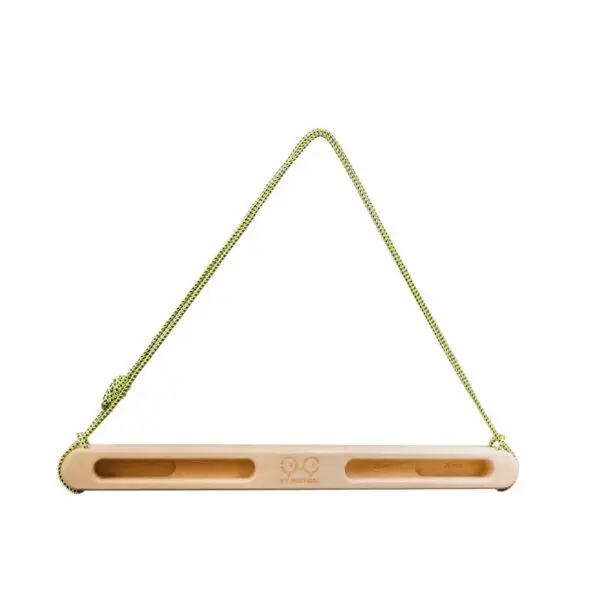
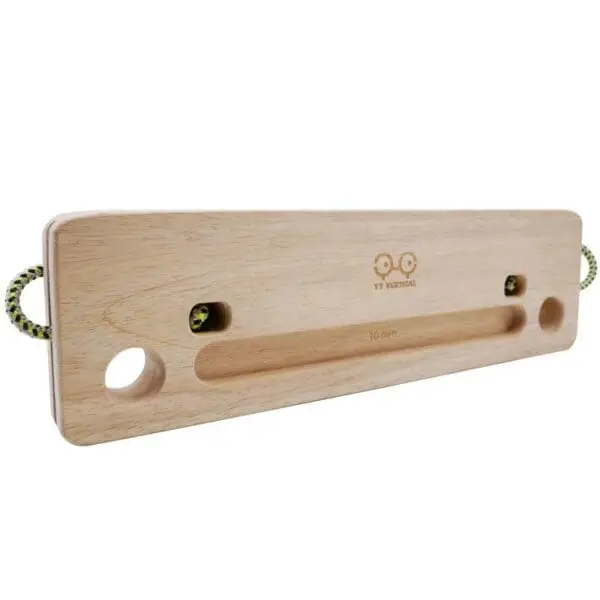

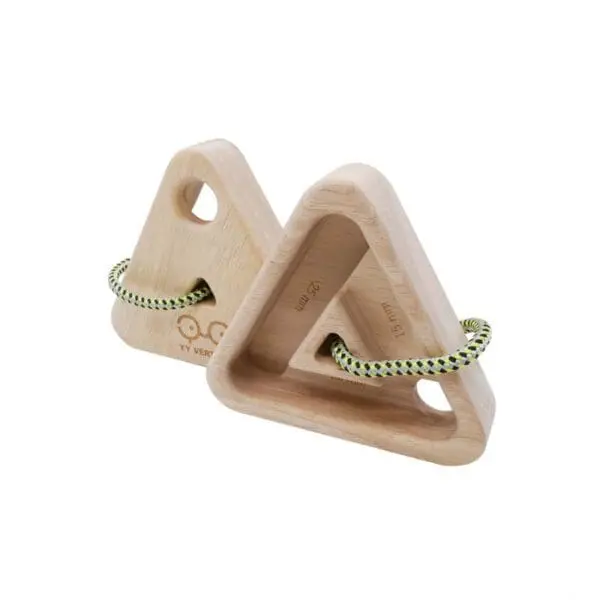


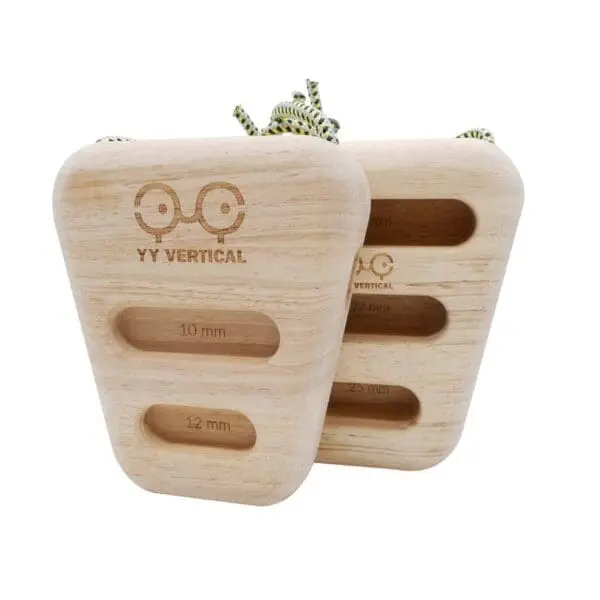
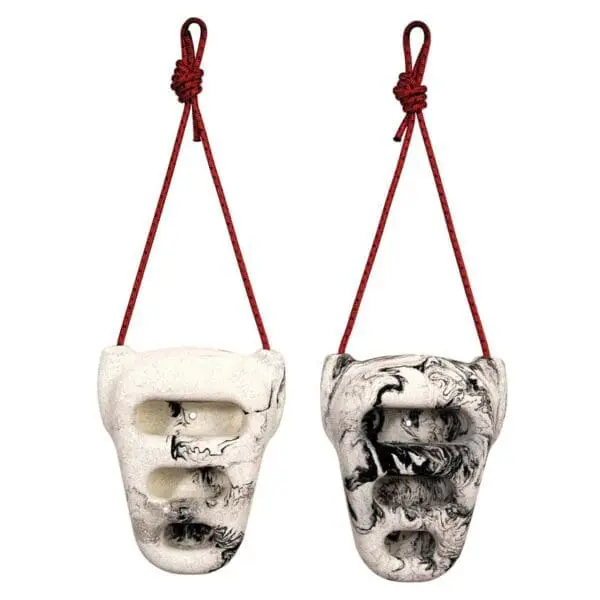


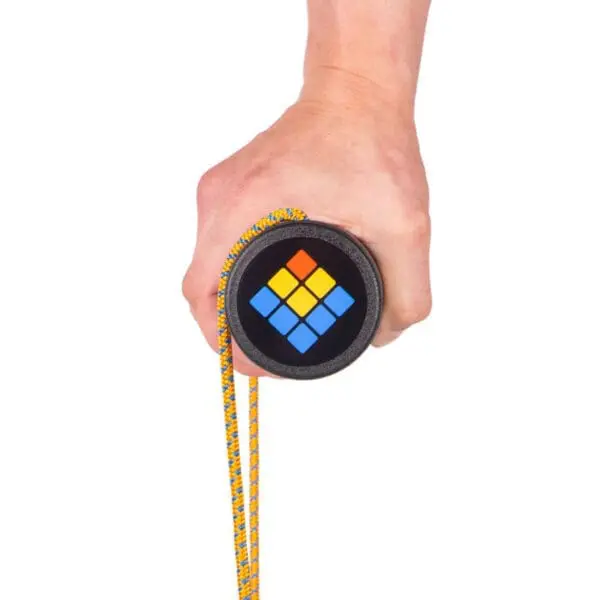
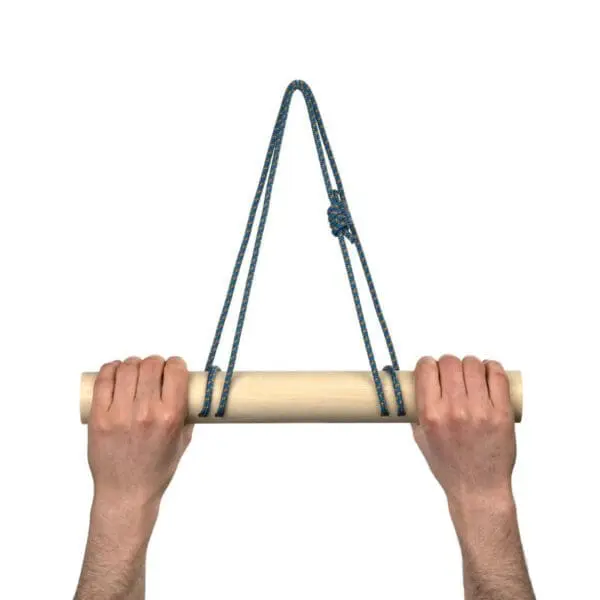



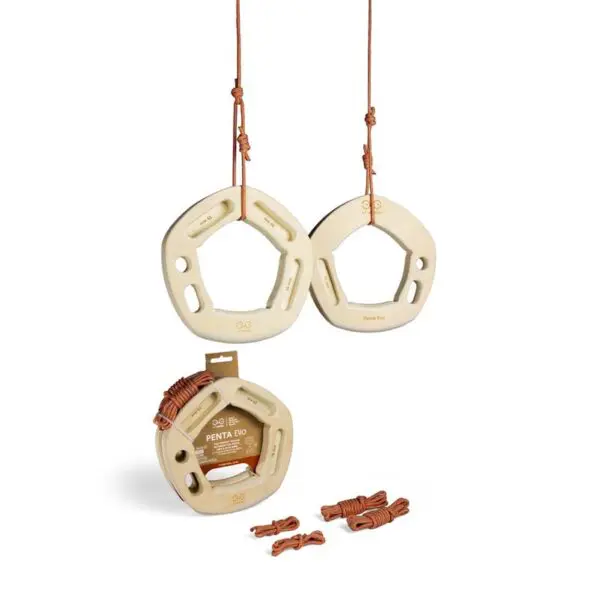
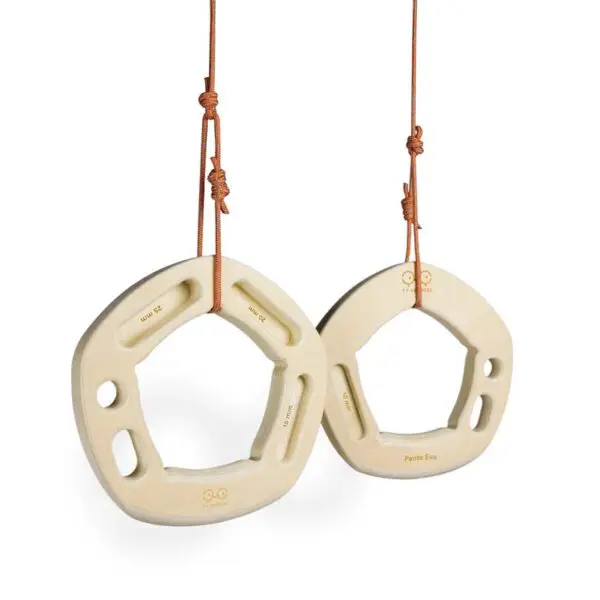

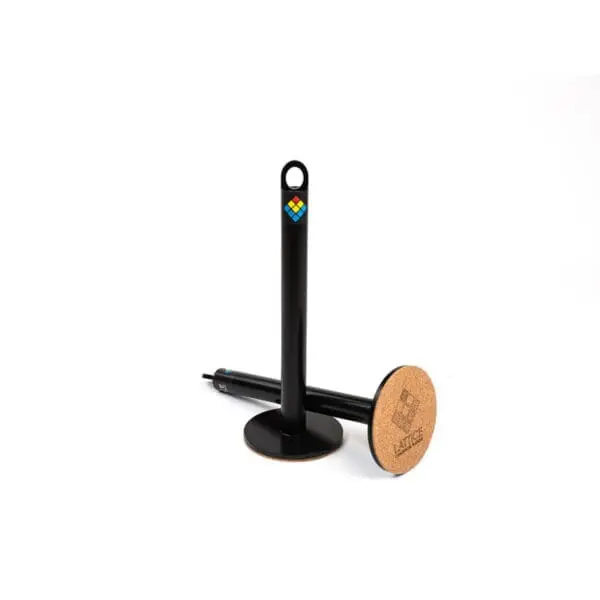
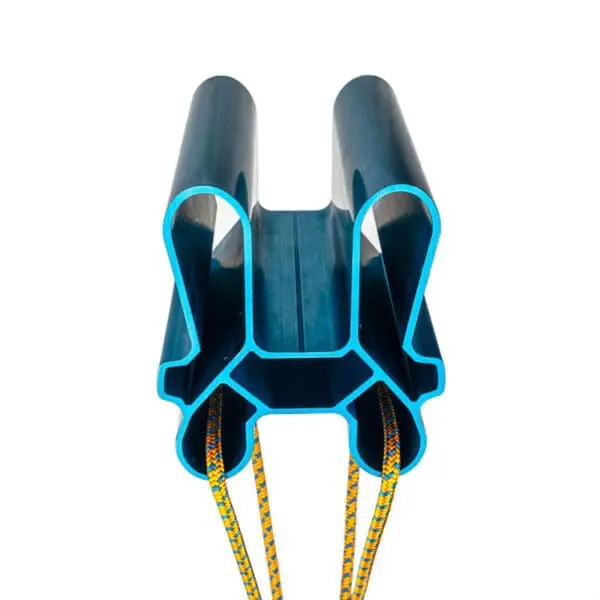

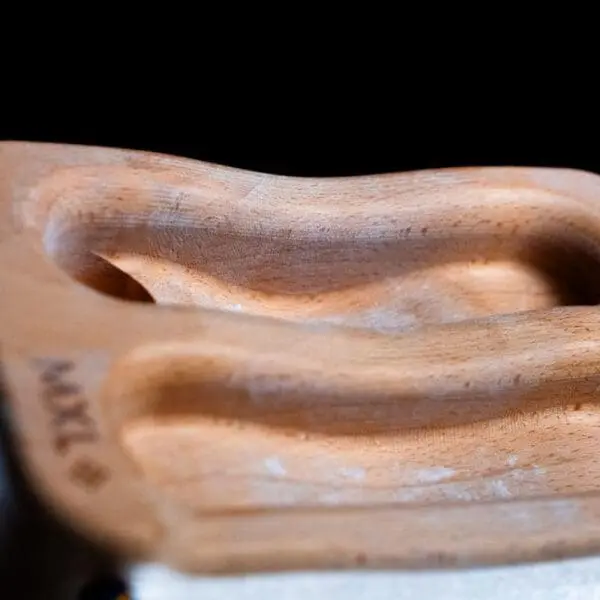

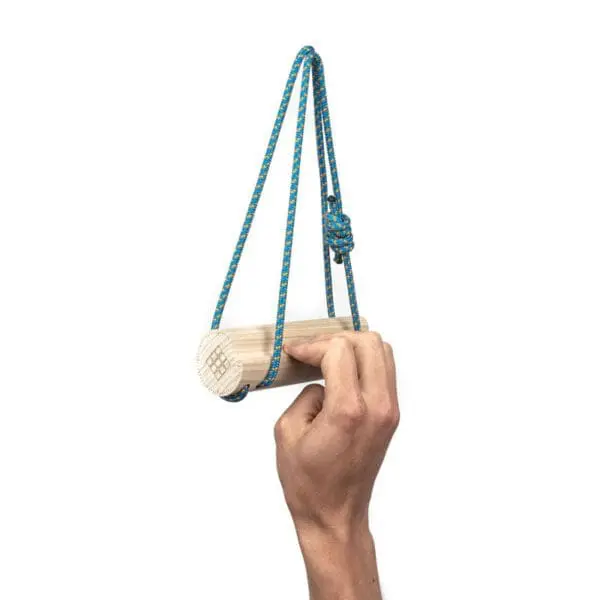





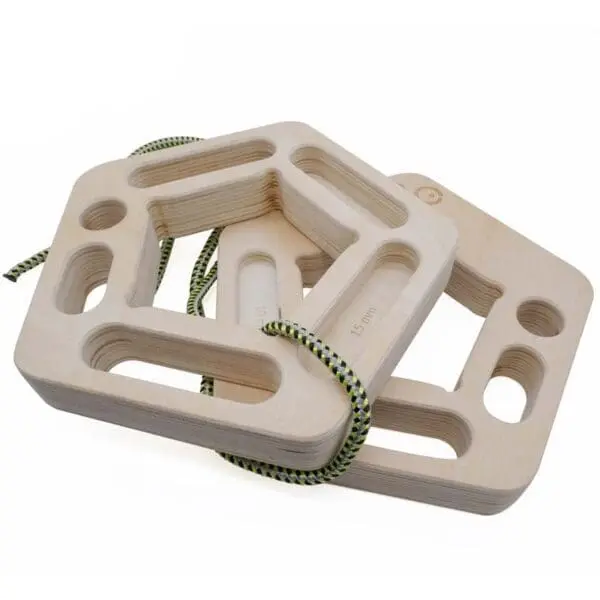





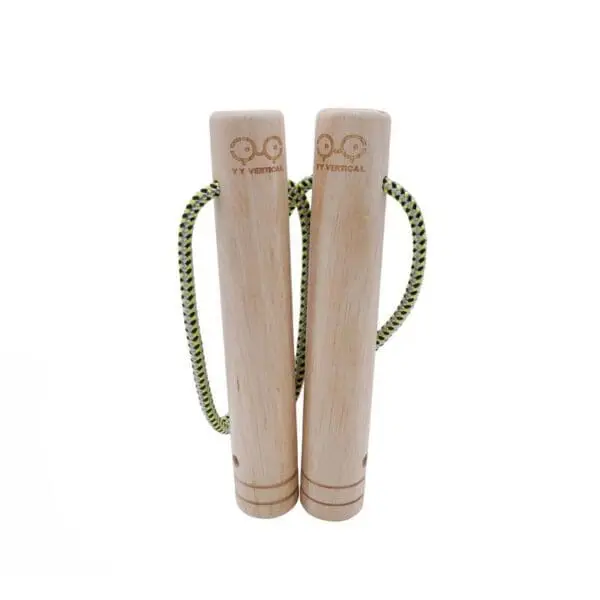

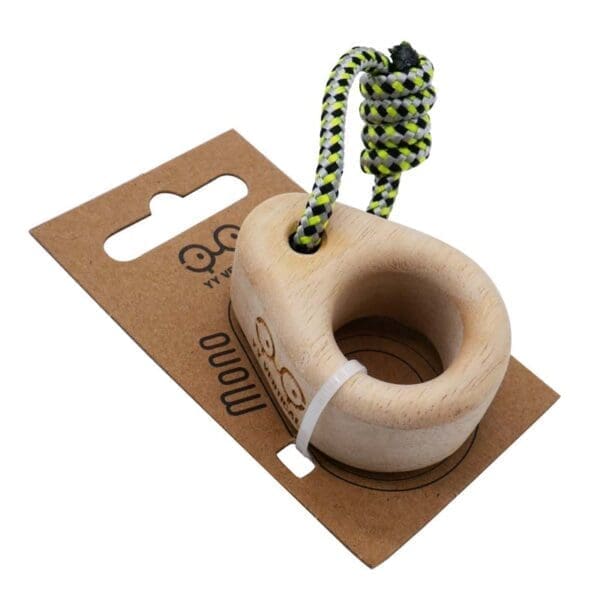




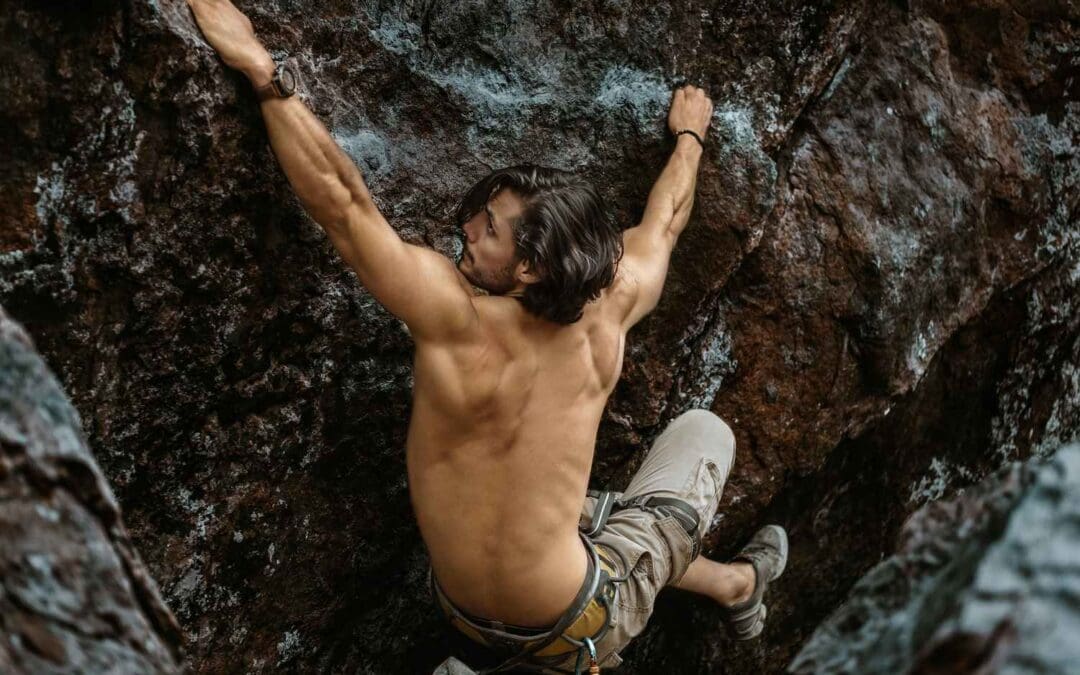
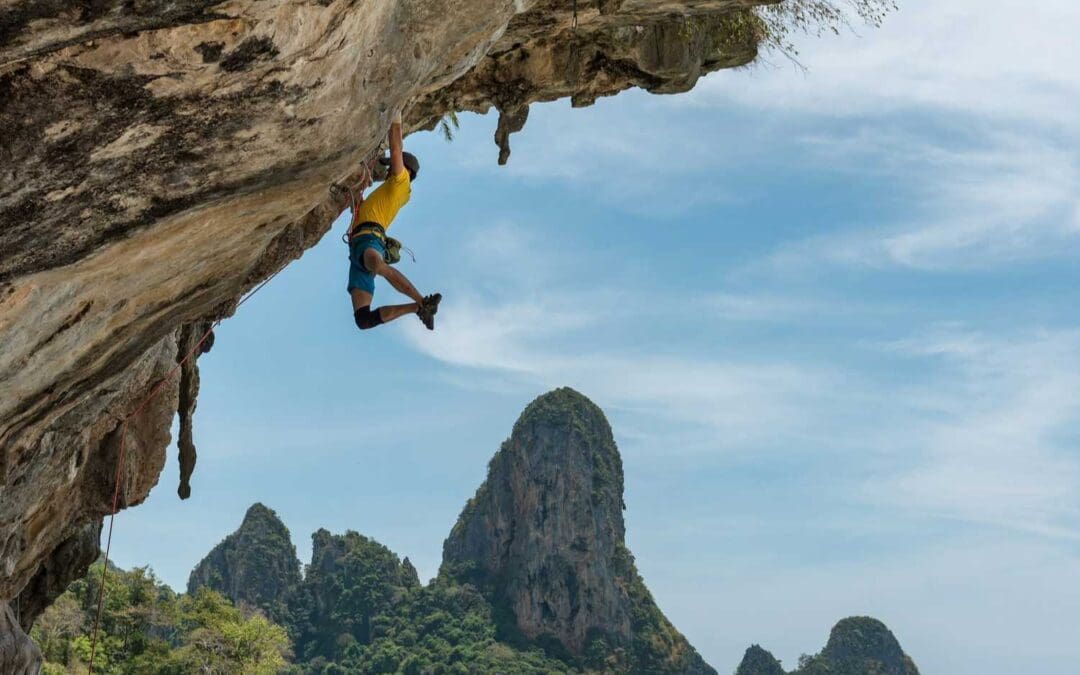
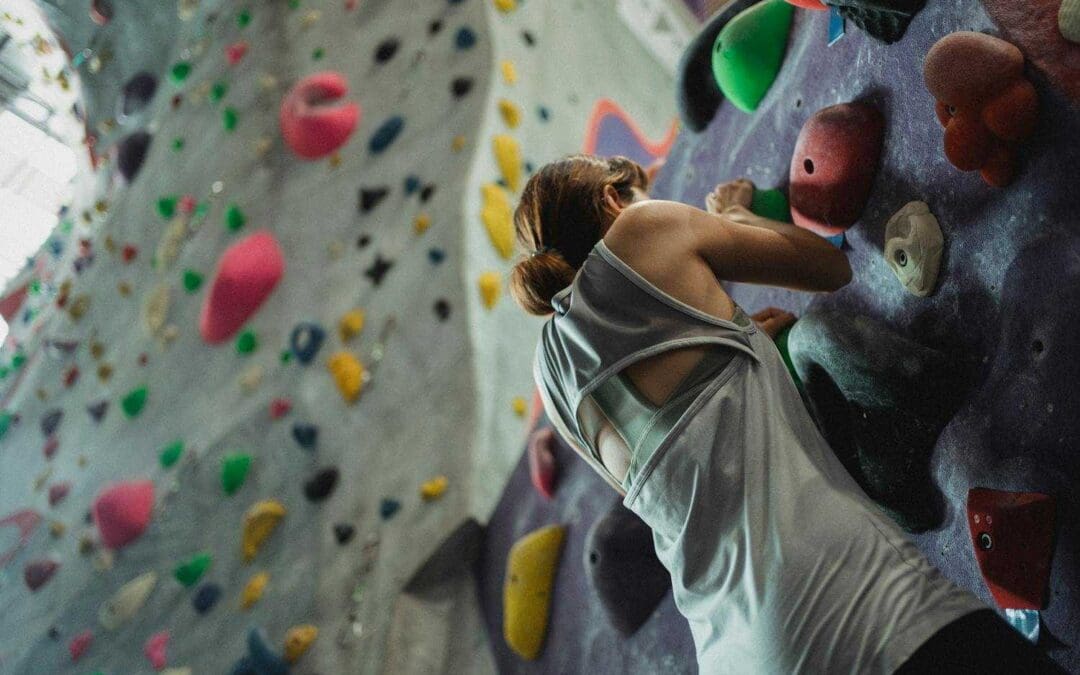
0 Comments